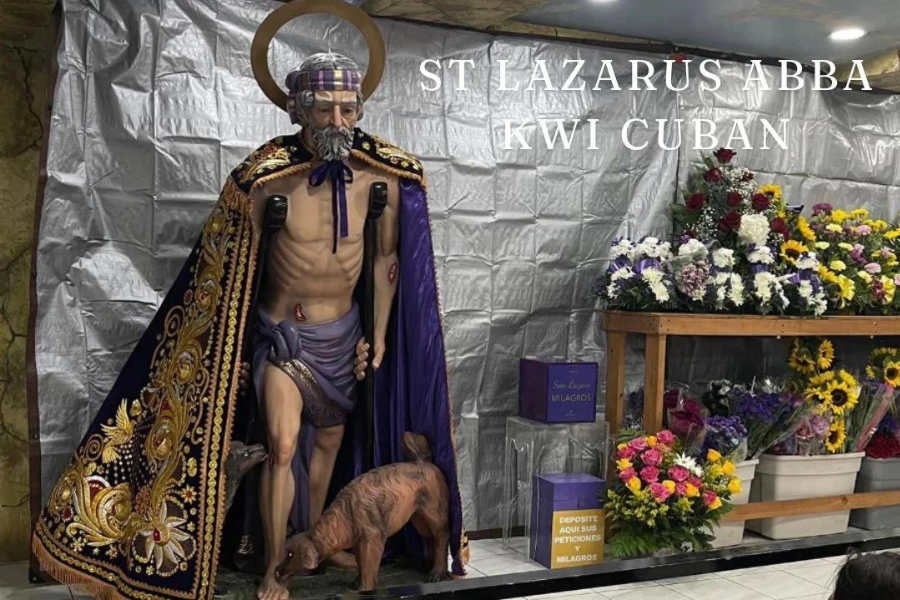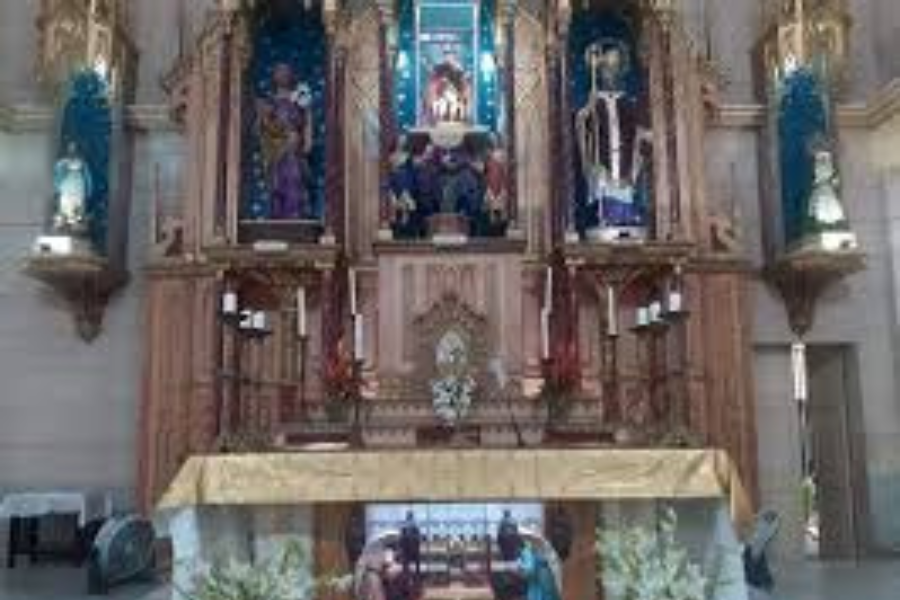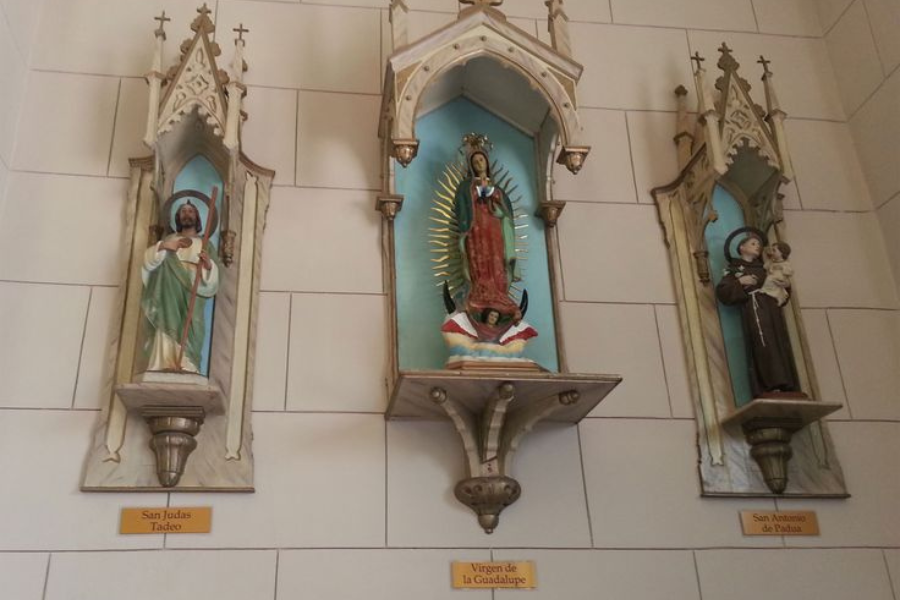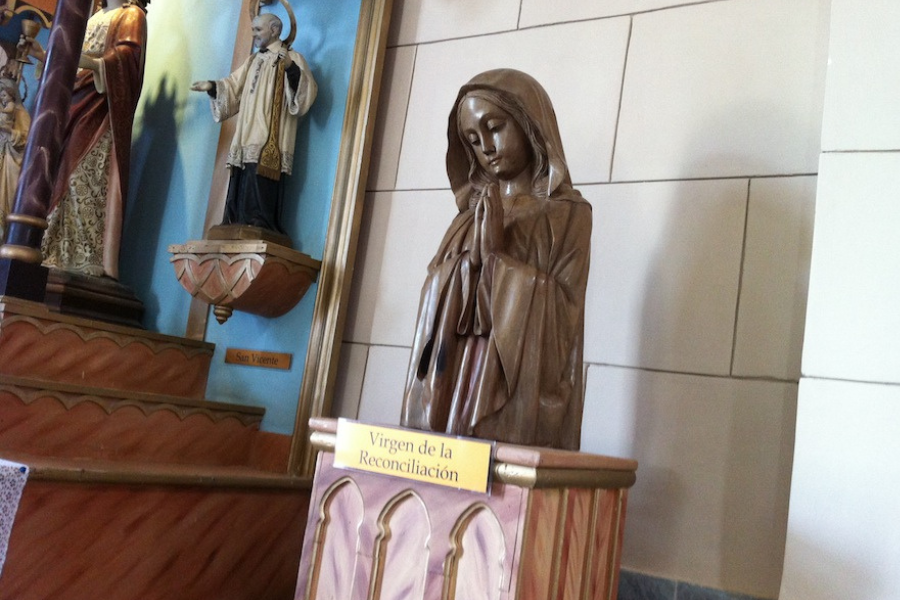St. Lazarus Abba Kwi, often known as Babalu Aye, holds a special place in Cuban culture, especially within the Afro-Cuban religion of Santería. He is revered as a healer and protector, particularly for those suffering from illnesses and diseases. His significance transcends religious lines, making him an important symbol in Cuban society. This article explores the profound cultural and spiritual impact of St. Lazarus Abba Kwi, blending Catholic and Yoruba traditions in a unique expression of faith and devotion.
A Brief Overview of Santería

Santería, also known as Regla de Ocha, is an Afro-Cuban religion that emerged in Cuba during the transatlantic slave trade. Enslaved Africans, primarily of Yoruba descent, brought their religious beliefs to the Caribbean, where they blended with Roman Catholic traditions. This syncretism led to a unique religious practice in which Yoruba deities, known as Orishas, are associated with Catholic saints. Babalu Aye, who is syncretized with St. Lazarus in the Catholic tradition, is one of these Orishas and holds a central role within Santería.
The Origins of St. Lazarus Abba Kwi in Cuban Tradition
The name “Abba Kwi” is believed to have Yoruba origins, with “Abba” meaning “father” and “Kwi” denoting a powerful or respected individual. This name reflects the deep reverence devotees have for St. Lazarus, particularly within Cuban culture. Though there is a biblical figure named Lazarus, the St. Lazarus celebrated in Cuban traditions is more closely linked to Babalu Aye, a deity associated with sickness, healing, and protection. This fusion creates a unique devotion to St. Lazarus Abba Kwi in Cuban society, where he is seen as both a saint and a powerful spiritual figure with healing capabilities.
The Cultural Significance of St. Lazarus Abba Kwi in Cuba
St. Lazarus Abba Kwi is celebrated across Cuba, and his following extends beyond the religious boundaries of Santería. Even those who do not identify with any religion hold him in high regard. His influence is so widespread that December 17th, the Feast Day of St. Lazarus, is marked by pilgrimages, prayers, and offerings from people of all backgrounds.
The Pilgrimage to El Rincón
One of the most significant events in Cuba related to St. Lazarus is the pilgrimage to the Church of El Rincón, located near Havana. Each year, thousands of devotees travel to this small town to fulfill promises, give thanks, and seek blessings from St. Lazarus. Many pilgrims walk long distances, some even barefoot or on their knees, as acts of penance or devotion. This pilgrimage exemplifies the deep connection between St. Lazarus Abba Kwi and the Cuban people, blending faith, tradition, and cultural identity.
St. Lazarus in Afro-Cuban Religions

In Santería and other Afro-Cuban religions, Babalu Aye (St. Lazarus) is considered a deity with the power to heal diseases, particularly those affecting the skin, bones, and infectious illnesses. He is often depicted as an older man walking with crutches, accompanied by two dogs. This image symbolizes his humility, suffering, and ability to protect the sick.
Devotional Practices and Offerings
Devotees of St. Lazarus Abba Kwi participate in various rituals, including offerings of food, candles, flowers, and cigars. These offerings are believed to earn blessings and protection from the saint. Some people make specific promises, known as promesas, asking for healing or assistance with personal challenges. If their prayers are answered, they fulfill these promises through acts like participating in the annual pilgrimage, making charitable donations, or offering significant gifts to the saint.
The Symbolism of Dogs in the Devotion to St. Lazarus
St. Lazarus Abba Kwi is traditionally depicted with two dogs, symbolizing loyalty and compassion for those who suffer. In Cuban culture, this symbolism is particularly poignant, as dogs are seen as loyal companions and protectors. This imagery emphasizes the saint’s role as a protector of the marginalized and suffering.
The Syncretism of Catholicism and Santería in Cuban Culture
The veneration of St. Lazarus Abba Kwi is a prime example of religious syncretism, where distinct traditions blend to create a new expression of faith. In this case, the Catholic devotion to St. Lazarus and the Santería worship of Babalu Aye have merged into a unique practice that holds spiritual significance for many Cubans. This syncretism is evident not only in the rituals associated with St. Lazarus but also in the visual representations of the saint. Catholic churches often feature statues of St. Lazarus as a frail old man, while Santería altars portray Babalu Aye dressed in burlap, covered in sores, and holding crutches.
The Importance of Respect and Humility
St. Lazarus Abba Kwi is revered as a figure who values humility and respect. Those who approach him with sincerity, seeking healing or protection, are believed to receive his blessings. This emphasis on humility is a recurring theme in both Santería and Catholicism, highlighting the belief that one must approach the divine with a pure heart and good intentions.
How St. Lazarus Abba Kwi Influences Modern Cuban Society
The influence of St. Lazarus extends beyond religious practices and significantly impacts Cuban cultural and social life. His veneration reflects the resilience, faith, and hope of the Cuban people, especially in times of hardship. This is particularly evident as Cubans have historically turned to St. Lazarus during difficult periods, seeking his protection and guidance.
The Role of St. Lazarus in Cuban Health and Healing
St. Lazarus Abba Kwi is often invoked in matters of health and healing. Devotees pray to him for relief from various ailments, ranging from minor illnesses to severe conditions. Many attribute miraculous healings to him, further reinforcing his role as a protector and healer. In addition to spiritual healing, the rituals and traditions associated with St. Lazarus provide comfort and emotional support, offering solace through shared faith and community.
Social and Cultural Events Surrounding St. Lazarus
The Feast Day of St. Lazarus is a significant cultural event in Cuba, featuring music, dancing, food, and community gatherings. For many, this day is an opportunity to reconnect with their roots, express their faith, and celebrate the spirit of resilience and hope embodied by St. Lazarus.
The Global Reach of St. Lazarus Abba Kwi Devotion

Though St. Lazarus Abba Kwi is most commonly associated with Cuba, his influence has spread globally, particularly within the Cuban diaspora. In cities like Miami, where there is a large Cuban population, the tradition of honoring St. Lazarus continues with the same fervor seen in Cuba. This global reach underscores the enduring appeal of St. Lazarus and the powerful connection people feel to him, as his message of hope, healing, and protection resonates worldwide.
The Connection Between St. Lazarus and Other Religious Traditions
While St. Lazarus Abba Kwi is primarily associated with Santería and Catholicism, there are parallels in other Afro-Caribbean religions, such as Vodou in Haiti. Both traditions involve seeking the favor of spiritual beings who can intervene in human affairs, offering protection, healing, and guidance. This broader connection illustrates the universal human desire for spiritual support and the ways different cultures express this need through their religious practices.
Conclusion
St. Lazarus Abba Kwi is more than just a religious figure in Cuba; he represents a fusion of faiths, cultures, and traditions that speaks to the resilience and spirituality of the Cuban people. His role as a healer, protector, and symbol of hope continues to inspire devotion both in Cuba and around the world. Through pilgrimages, rituals, and shared faith, the legacy of St. Lazarus Abba Kwi endures as a testament to the enduring power of belief and community.
Keep up-to-date with breaking news and updates on Eye-ta.com
